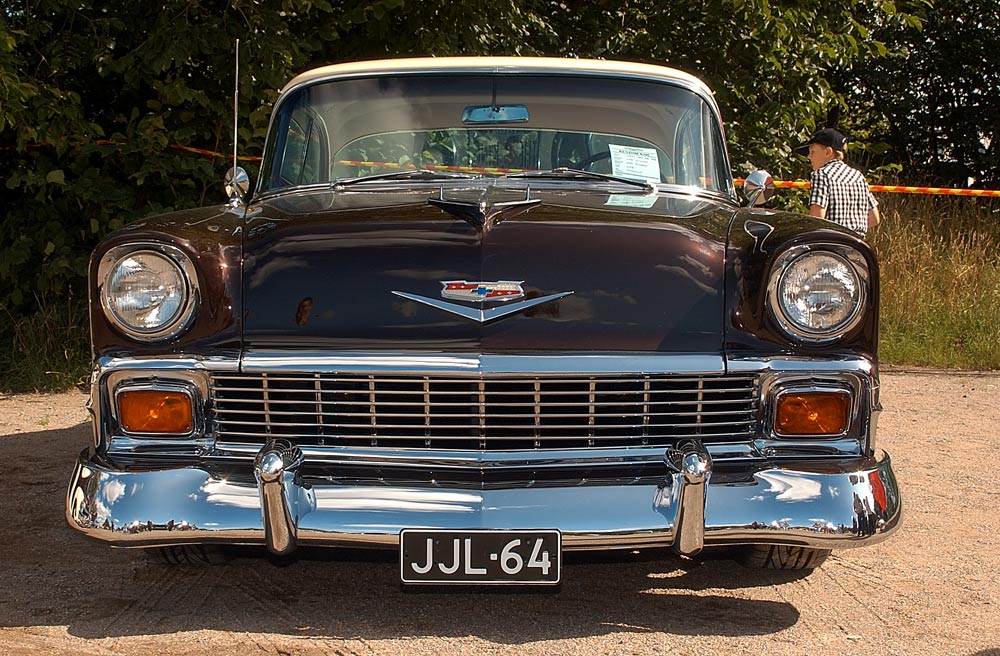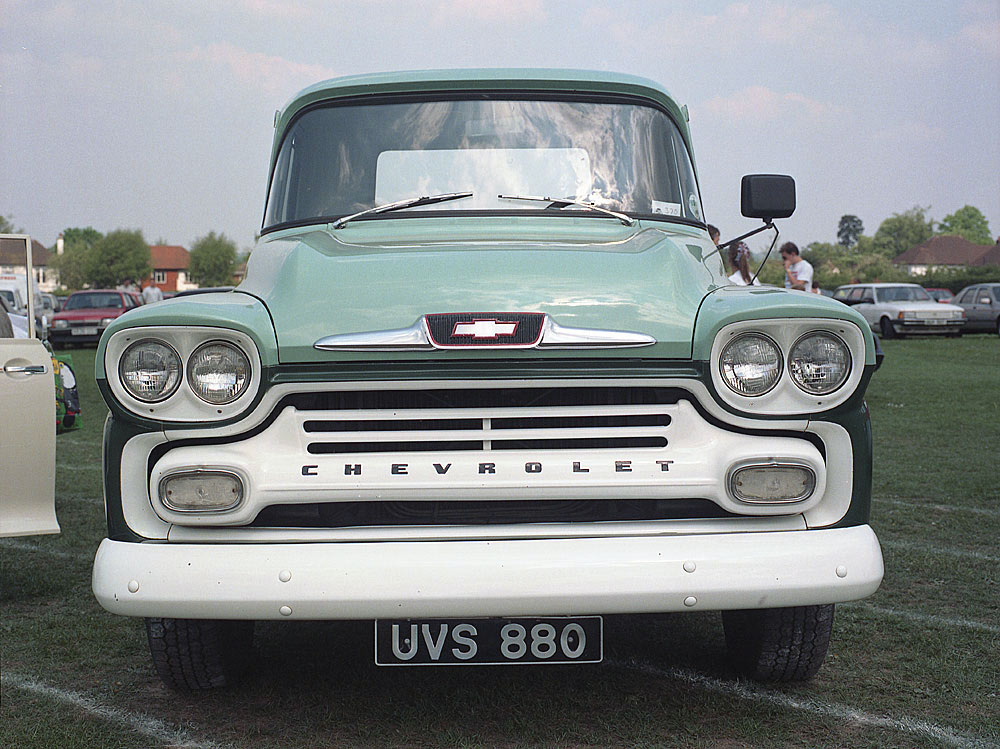MRohlfing
Well-known
actually no. The 1/1500 is a very old and not very relevant today ballpark number. Apparent DOF is very dependant on contrast and lens design.
Agreed! DOF is also dependant on the size of your prints (or computer screen?), the viewing distance, your eyes, what your brain accepts as sharp, .... so I guess you just have to find out yourself.
But that still won't tell you why MF looks better.
You are right! But in this thread, Nick's explanation is by far the best!






